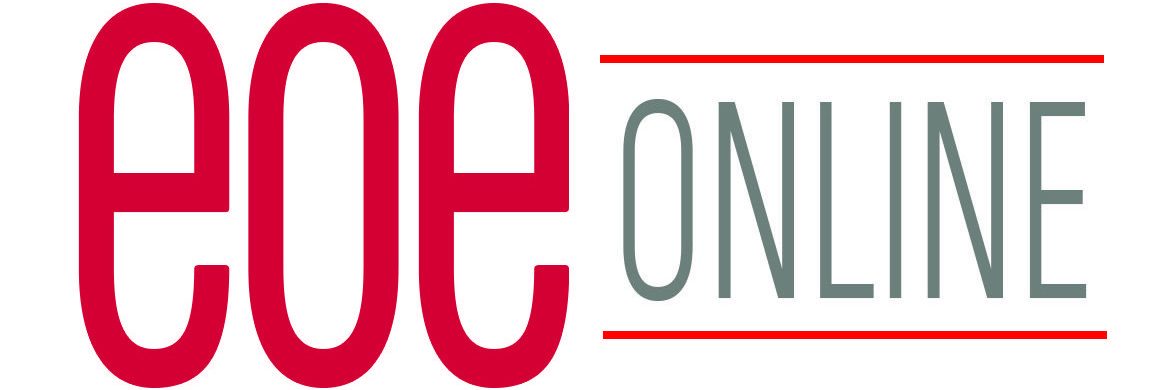
By Nat Ives
Marketers evolve their tactics to improve diversity in advertising.
Verizon Communications Inc. will study employee retention among women and people of color working in advertising and media, the company said.
It is the latest step in a number of industry efforts to increase diversity and inclusion that made headlines starting in 2016.
That year, General Mills Inc. required agencies pitching for its ad business to at least strive for creative departments that were 50% female and 20% people of color. HP Inc. and Verizon, meanwhile, asked their agencies for data on the employees handling their accounts as well as the agencies’ plans to improve diversity and gender equality.
But there is also a diversity of approaches to the subject. AT&T Inc. is pursuing more inclusive marketing, in front of the camera and behind it, without asking agencies for staff breakdowns. “We have not created specifics around team makeup,” said Fiona Carter, chief brand officer at AT&T Communications. “We have seen the diversity of the agency team change considerably but we prefer the partnership model rather than the nuts and bolts of an agency report card.”
AT&T is also testing a program to better develop a pipeline of women of color to advance throughout the company, she said.
Agencies have made progress since 2016 but still struggle to keep women and people of color, according to Diego Scotti, executive vice president and chief marketing officer at Verizon. “If you don’t create the conditions for people to stay, you can do an amazing job at hiring and then people aren’t going to stay,” he said.
Verizon said people of color made up 40% of the staff on its agency teams at the end of 2018, an increase from 32% in 2016, while women comprised 51%, up from 50% in 2016.
People of color comprised 31% of the leadership on Verizon’s agency teams last year, up from 22% in 2016, according to new numbers from the telecom giant. But women lost ground, falling to 48% from 52% in 2016.
“Creating more opportunities for female executives to get a level of leadership is something that should be a day-in and day-out activity,” Mr. Scotti said, stressing that the company works in partnership with agencies, not punitively.
In 2016, Verizon created an eight-month paid fellowship program to give diverse recent graduates and entry-level workers experience within Verizon and its agencies, with a goal of placing 90% of participants in full-time jobs afterward. Its second group of participants will complete the program in April.
Verizon said it has now formed a partnership with the Center for Talent Innovation Inc., a nonprofit that researches workforce inclusion, to examine the factors affecting whether people of color and women advance in, stay in or leave marketing, media and communications jobs.
The study will include a national survey of over 1,500 respondents, plus interviews and focus groups with employees, the Center for Talent Innovation said.
Marketers’ inclusion drives are valuable but may not create lasting change at agencies, especially after client CMOs move on to new jobs, according to Heide Gardner, senior vice president and chief diversity and inclusion officer at the Interpublic Group of Cos., the ad-agency holding company.
Big brands’ typical business case for inclusive hiring—to reflect their customers, recognize opportunities and avoid missteps—has its own limits, Ms. Gardner added. People of color and women won’t stick around if they’re largely viewed as a “disaster check” against putting out inadvertently racist or sexist ads, for example. “People want to move up,” she said. “They want to be managers. They don’t want their value to be this very narrow sliver of their identity. That has not been sustainable either.”
To read the entire article at wsj.com, click here.
